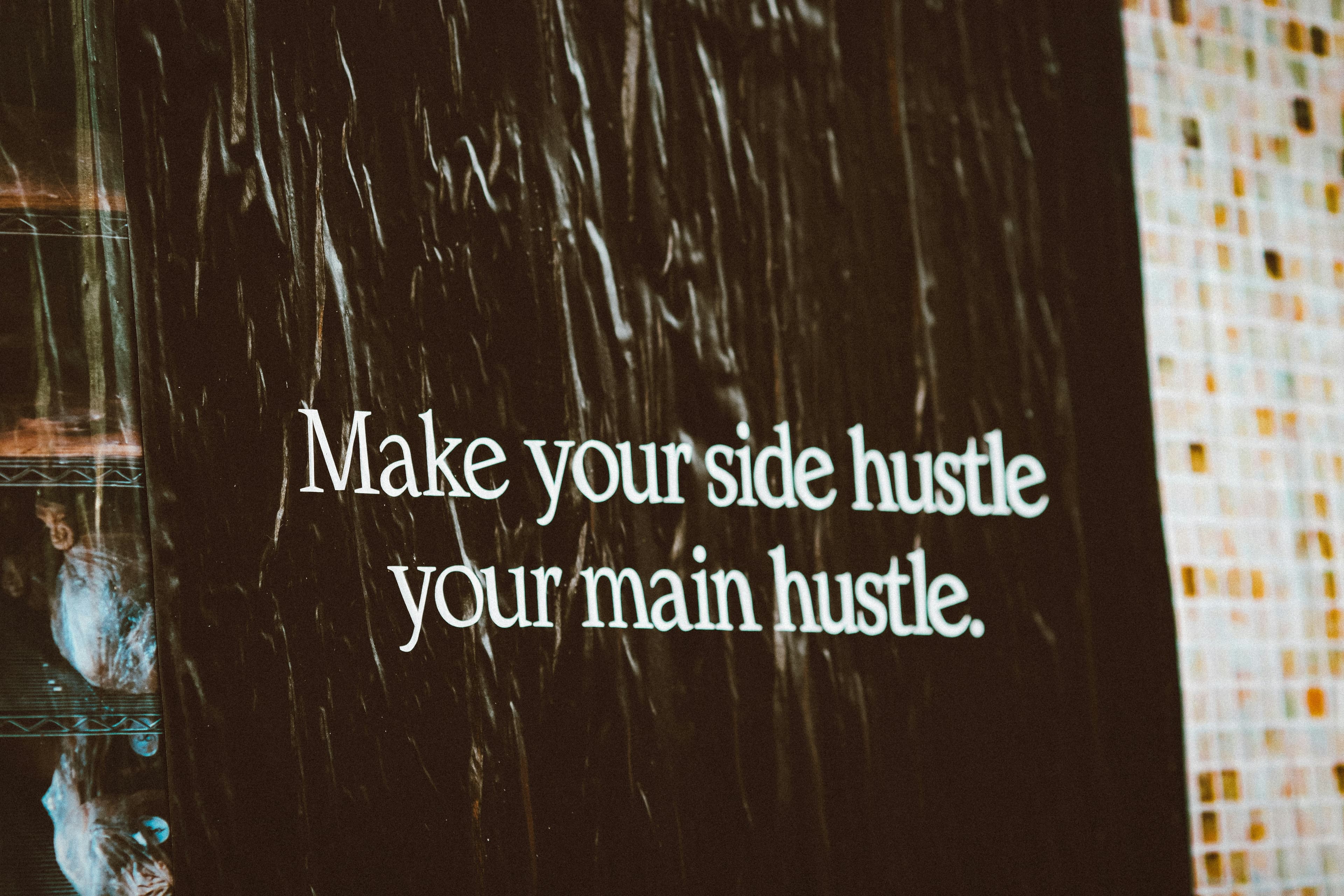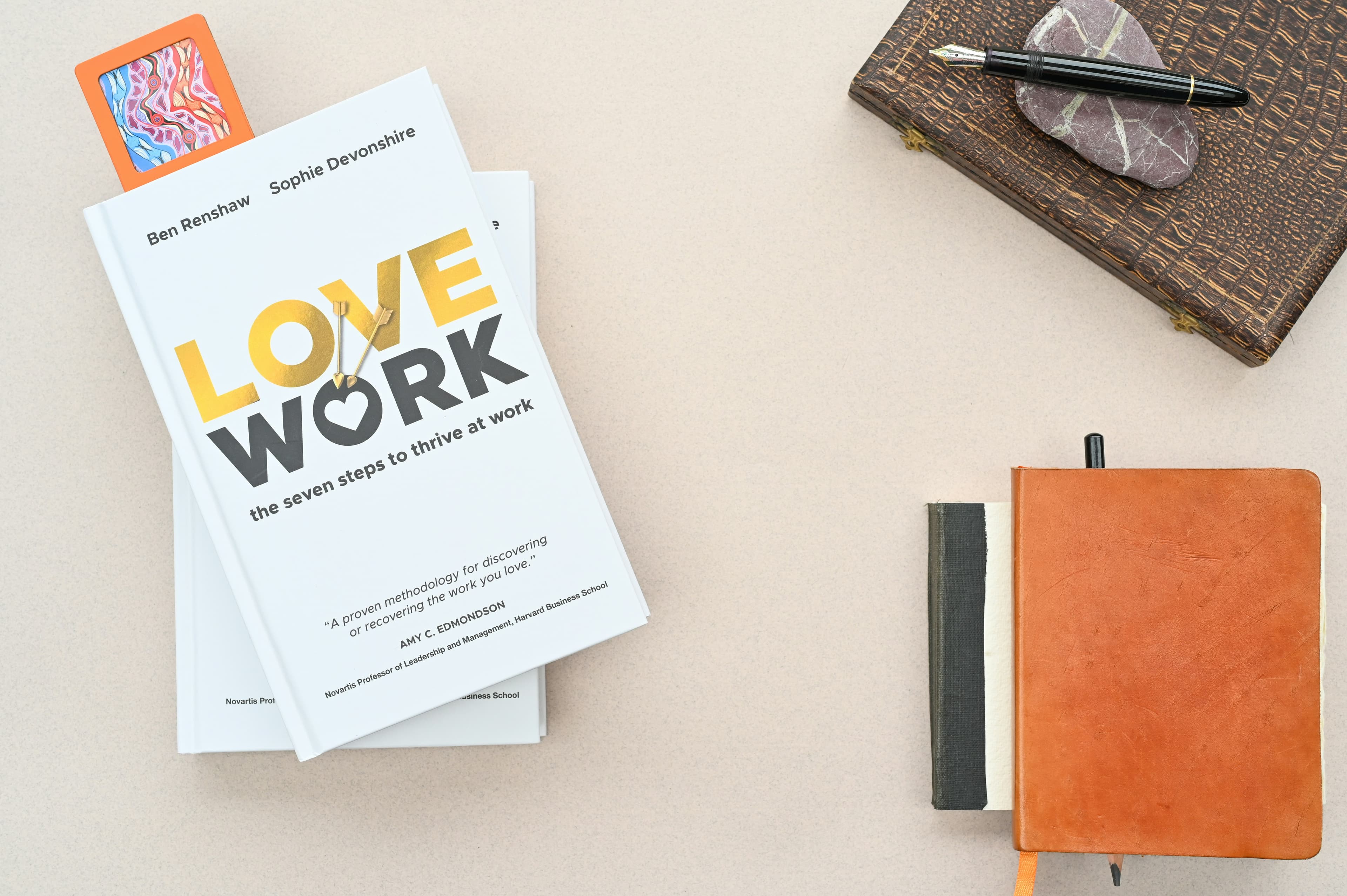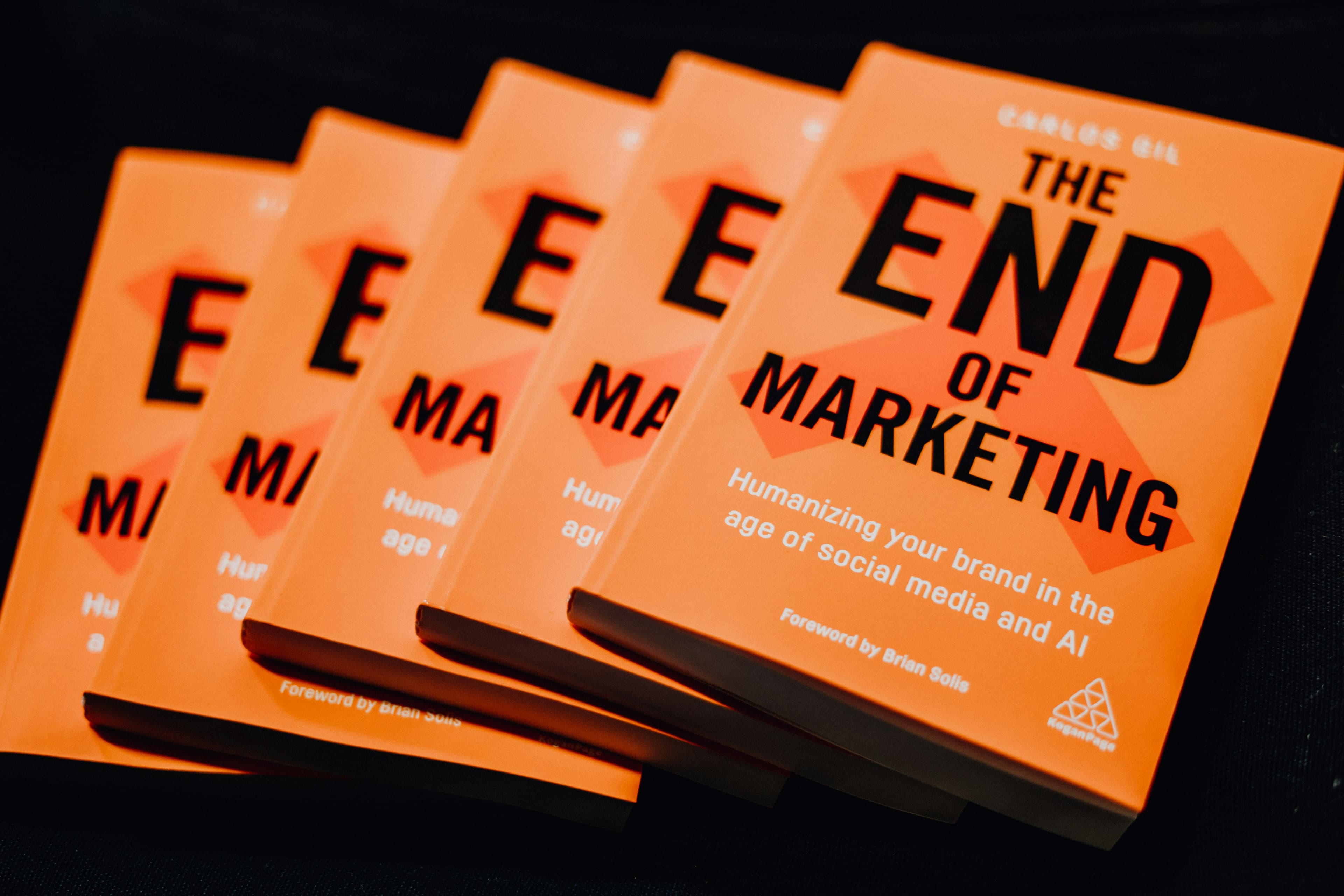Why Your Mind Is Sabotaging Your Side Hustle

We are living in an era of unprecedented information. In the last fifty years, the dawn of the digital age has caused an explosion of knowledge and data. Every single day, we collectively generate about 1.15 trillion megabytes of new data—a fact I found in a quick 45-second Google search. To put that in perspective, we create more new information in a 24-hour cycle than all of our ancestors did over millions of years.
This constant flood of information fills our social media feeds, news alerts, and search results, streaming through our phones, laptops, and TVs. We're swimming in an endless ocean of data that feeds the roughly 60,000 thoughts passing through our minds each day. These thoughts, in turn, shape how we see the world, other people, and ourselves.
But here’s something I came to realize: these thoughts aren’t just fleeting observations or judgments. They’re far more powerful than that. Back in the mid-1800s, the poet Ralph Waldo Emerson captured this perfectly:
So, how does a simple thought become your destiny? When we hold onto thoughts, reflect on them, and repeat them, they start to harden into beliefs. And our beliefs become the reference point for everything in our lives, defining what we accept as truth and what we see as either a threat or an opportunity.
Our Ancient Brain in a Modern World
It’s helpful to remember that evolution has left us with a mind programmed for survival in a world that existed a million years ago. This ancient brain is constantly on guard, critical of risks, wary of threats, and deeply uncomfortable with uncertainty. Yet, we now live in a world changing faster than ever before—a time filled with uncertainty where the best path forward almost always involves taking a risk.
Think about it: how can we build a meaningful relationship if we’re terrified of walking across the room to talk to someone? How will we ever land a promotion, find a better job, or turn a without that initial leap? Almost everything worthwhile begins with uncertainty and the possibility of failure, from building relationships to .
The funny thing is, as kids, the idea of falling flat on our faces didn’t bother us. As adults, it scares us to death. What changes between being a fearless toddler and a cautious adult?
This question led a friend to introduce me to the work of Daniel Kahneman, a Nobel Prize–winning psychologist who has spent decades studying what he calls hedonic psychology. It sounds complex, but it’s really the study of what makes us feel like our lives are pleasant or unpleasant. It’s about what causes joy or sorrow, satisfaction or dissatisfaction—basically, what makes us experience the world the way we do.
What I learned from Kahneman’s work was the incredible power our thoughts and beliefs have over how our brain operates. It all comes together like this: our upbringing, societal pressures, and life experiences create dominant thought patterns. Over time, these form our core beliefs about who we are, how the world works, our strengths, and our weaknesses. Our entire perception is built on these beliefs.
And here’s the wild part: your beliefs are the foundation of everything your life is, everything you know, and everything you expect to happen. Yet, these beliefs are entirely unique to you. And in all likelihood, a lot of them aren’t even true. This is where our brain leads us astray.
The Tiny Rope That Binds Us
On the last day of a vacation in Naples, Florida, my wife Michelle and I were looking for one last memorable activity. We found a brochure for Jungle Larry's Zoological Park, which boasted the “world’s best petting zoo.” That sealed the deal.
After seeing the lions, tigers, and bears, we found the petting zoo. It had the usual goats, donkeys, and sheep. But in the back, there was an animal I’d never had the chance to pet before: an elephant. Up close, two things are striking about elephants. First, they are absolutely immense—TV just doesn’t do them justice. Second, their skin is covered in coarse, prickly hairs, which is not what you’d expect.
As I was petting its ear, I struck up a conversation with a nearby handler. She told me this African elephant could grow up to 13 feet tall and weigh over 14,000 pounds. As I stood there astonished, I noticed something odd. A thin rope, about the thickness of my pinky finger, was tied around the elephant’s right front ankle. The other end was tied to a small wooden stake in the ground.
It was obvious that if this massive creature wanted to go anywhere, that flimsy rope wouldn’t even slow it down. When I pointed this out, the handler smiled. She explained that when the elephants are babies, they are kept in a pen with a heavy metal shackle on their ankle, attached to a chain anchored in concrete. For weeks, the baby elephant pulls and pulls, learning it can’t break free. Eventually, it stops trying.
She told me elephants have incredible memories. They remember that lesson for the rest of their lives. Anytime something is tied around their right front leg, as long as they can see it, they won't even try to get away. They have been conditioned to believe they can't.
The Realization That Changed Everything
On the plane ride home, I couldn’t stop thinking about that story. Then, it hit me like a ton of bricks: I was conditioned just like that elephant. Somewhere along the way, a guidance counselor told me I wasn’t smart enough for certain classes. A coach told me I wasn’t good enough for the first string. I was told not to set my standards too high. For whatever reason, I chose to believe these things.
These beliefs shaped how I saw myself and my capabilities, which in turn guided my choices and decisions. My own ingrained beliefs had stopped me from pursuing goals, much like someone who dreams of a but believes they lack the skills to succeed. I never questioned them; they were my beliefs, so they had to be true, right? I was so conditioned that I could recall countless times I didn't even try something because I simply didn't believe I could do it.
I realized that nearly all of us have been conditioned this way. We’re told who we are, what we’re capable of, and what we’re not. These become our beliefs—our personal truth, but not necessarily the truth.
About two months after a personal health crisis that led to a mental reboot, I was explaining my newfound perspective to a friend and colleague, Dr. Emma Davies. She matter-of-factly said, “You’re experiencing post-traumatic growth, or PTG.” She explained that PTG is the positive psychological change experienced as a result of adversity. The trauma of my health scare had essentially reset my motivational intelligence, wiping away the negative thought patterns and limiting beliefs I had built my life around.
That conversation showed me the path forward. It revealed what we need to focus on to help ourselves and others achieve a similar reboot, without needing a traumatic event to trigger it.
A Leader's Perspective on Mindset
This concept applies just as much to teams and organizations as it does to individuals. How effectively people manage negative thinking and limiting beliefs defines their success. Leaders often struggle with shaping company culture because they lack a clear definition of what it is. A culture is simply the collective set of dominant thoughts and beliefs.
Each of us has an internal culture of thoughts and beliefs. When people form a team, they develop a shared set of these beliefs, which becomes the team’s culture. Every individual on a team has their own internal culture, which dictates whether they feel capable of taking on a new project or even a personal . By understanding which beliefs to influence, we can unshackle performance and foster a culture where everyone feels capable of taking on new challenges, whether that’s getting a promotion or .








